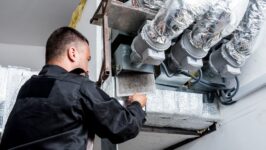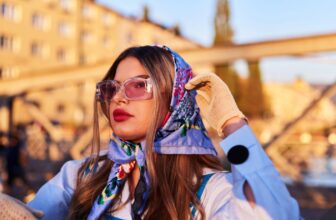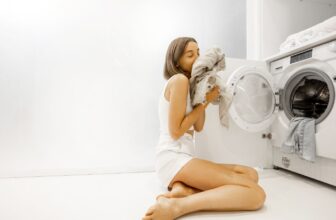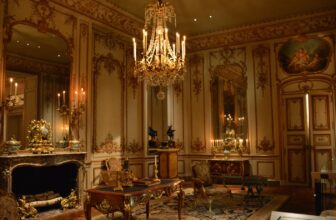
HVAC Repair: A Step-By-Step Guide
Keeping your HVAC system well-maintained can extend its lifespan and enhance the air quality inside your home. It’s also more affordable when you keep up with routine maintenance.
Many common HVAC maintenance tips are easy to do yourself. For example, you can change your blower filter regularly or clean it. Similarly, you can check your home’s electrical panel to ensure the power breakers to your air conditioning unit aren’t flipped off.
Check the Thermostat
The thermostat is one of the most essential parts of the entire system and can often be a source of issues. If you notice that your AC is running and not cooling or that the airflow is poor, your thermostat may have a problem. Checking the thermostat is a reasonably straightforward process, but it can help determine whether you need to call an HVAC repair specialist.
If your thermostat displays inaccurate temperatures or no longer lights up, it may need to be repaired or replaced. It could also be a sign of faulty wiring or other electrical problems. Check your manual for instructions on how to troubleshoot or perform basic repairs. You should also check the circuit breaker for your home’s cooling system, usually located in your basement or on the exterior of your house near the unit. Ensure the switch is in position and the fuses have not been blown.
Check the Filters
Changing your filters regularly is one of the most important things you can do to prevent expensive AC repairs and improve indoor air quality. Clogged filters restrict air flow, forcing your system to work harder than it should to keep the home cool. This causes wear and tear on the system and recirculates pollutants throughout the house for you to breathe in.

To check your filter, first shut off power to the system and locate the service panel or filter access door. For some systems, the air filter can be accessed through a removable cover in the return air duct near the furnace or indoor unit or a ceiling or wall vent filter grille.
If the filter is severely discolored or covered in caked-on dust and hair, it’s time to clean or replace it. If you choose to replace it, look for a model with a MERV rating between 9 and 12, as these are the most efficient residential filters.
Check the Condenser
As the AC system works with pressurized refrigerant, the condenser is an area that’s vulnerable to damage. This part is located on the front of your vehicle and can often become overgrown with plants or covered in dirt from the road.
The tubes on the condenser can also crack or break, which causes a loss of refrigerant. This can make your air conditioning system less effective and may result in a burning smell.
If you notice this, it’s essential to contact a professional as soon as possible. Putting off repairs will only increase the costs, as any metallic debris from the broken condenser can disperse throughout your entire air conditioning system.

Other issues include a bad condenser relay switch, faulty run capacitor, or motor problems. Replacing these components can be relatively easy for an experienced technician. However, repairing the condenser can be more complicated since it is located on the front of your vehicle and may require special tools.
Check the Compressor
If the air conditioning unit isn’t making cool air or is vibrating, it could be a sign that the compressor has failed. This can happen for several reasons, including a tripped circuit breaker or blown fuse.
Before you start testing:
- Unplug the compressor from its electrical connection. This will protect you from possible shocks.
- Remove the faceplates and screws blocking access to the compressor.
- Find the breaker for the compressor and check it to see if it has been tripped.
If the breaker is tripped, it should be reset immediately. Once it has cooled, you can begin testing with a multimeter. Test the voltage between the common (C) terminal and the run (S) terminals to see if a current flows through the compressor. If no current flows, it could indicate that the internal overload has opened. If a current flows, you will read OL between the terminals.




















































































